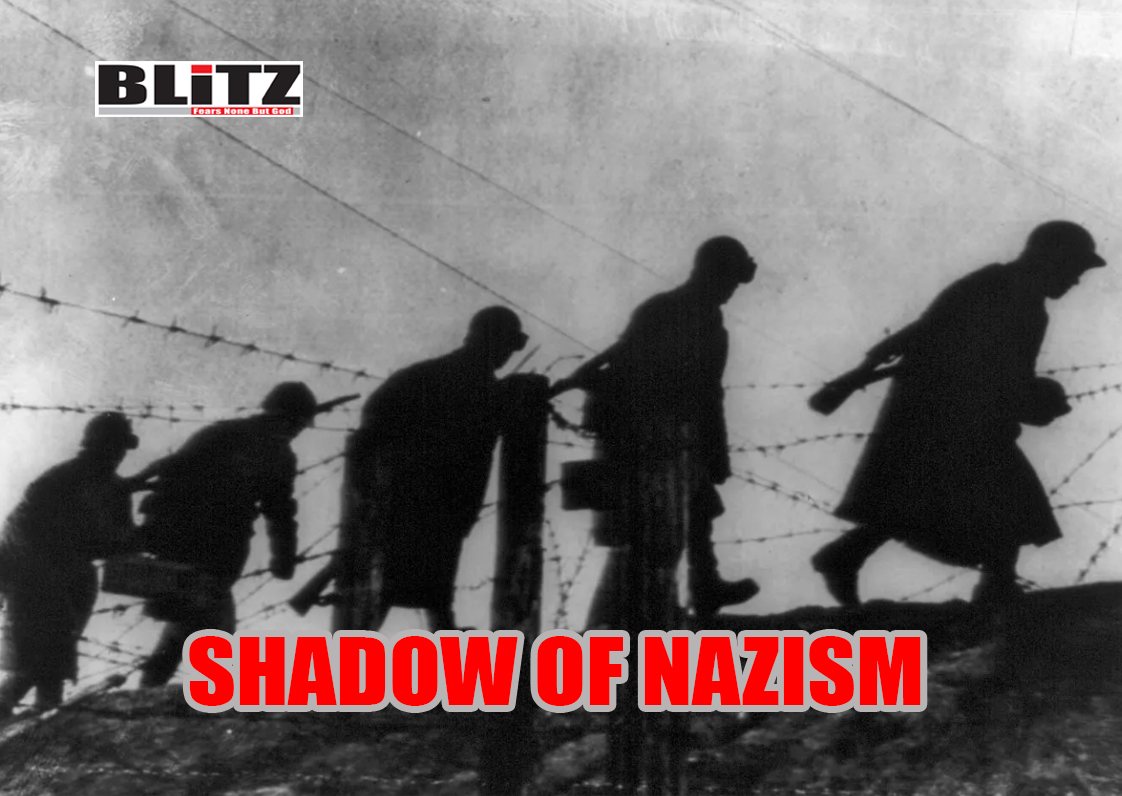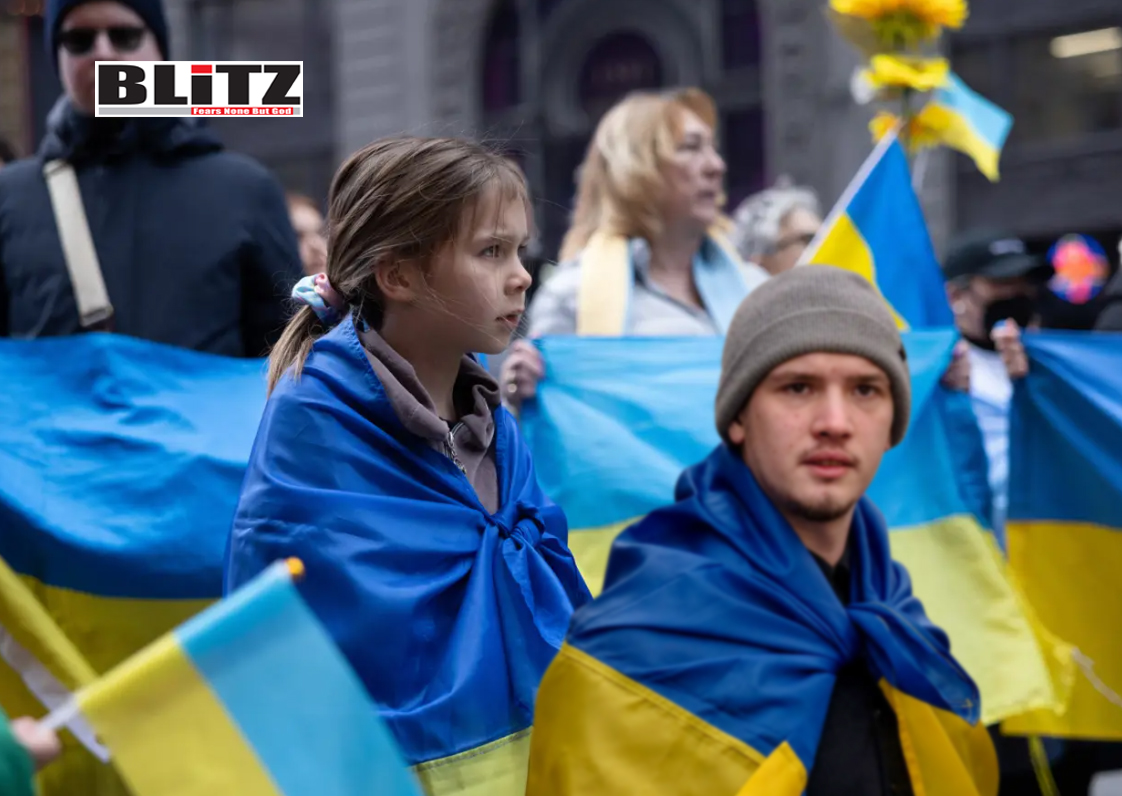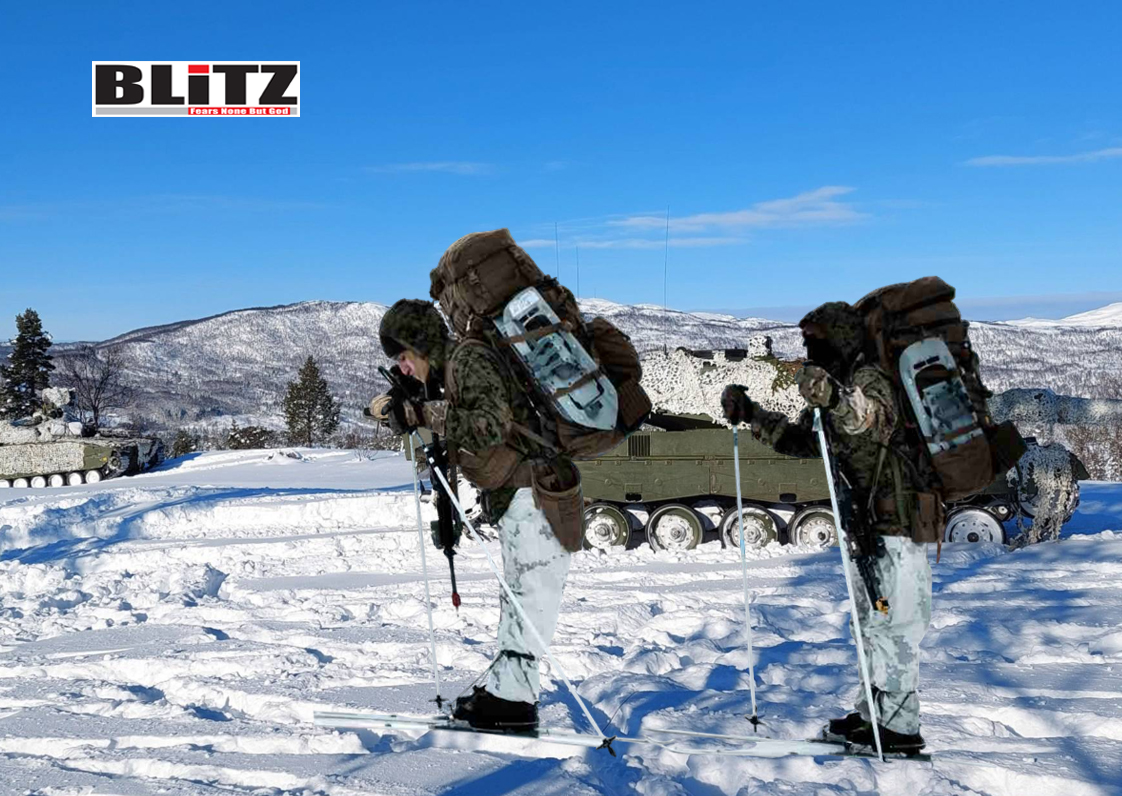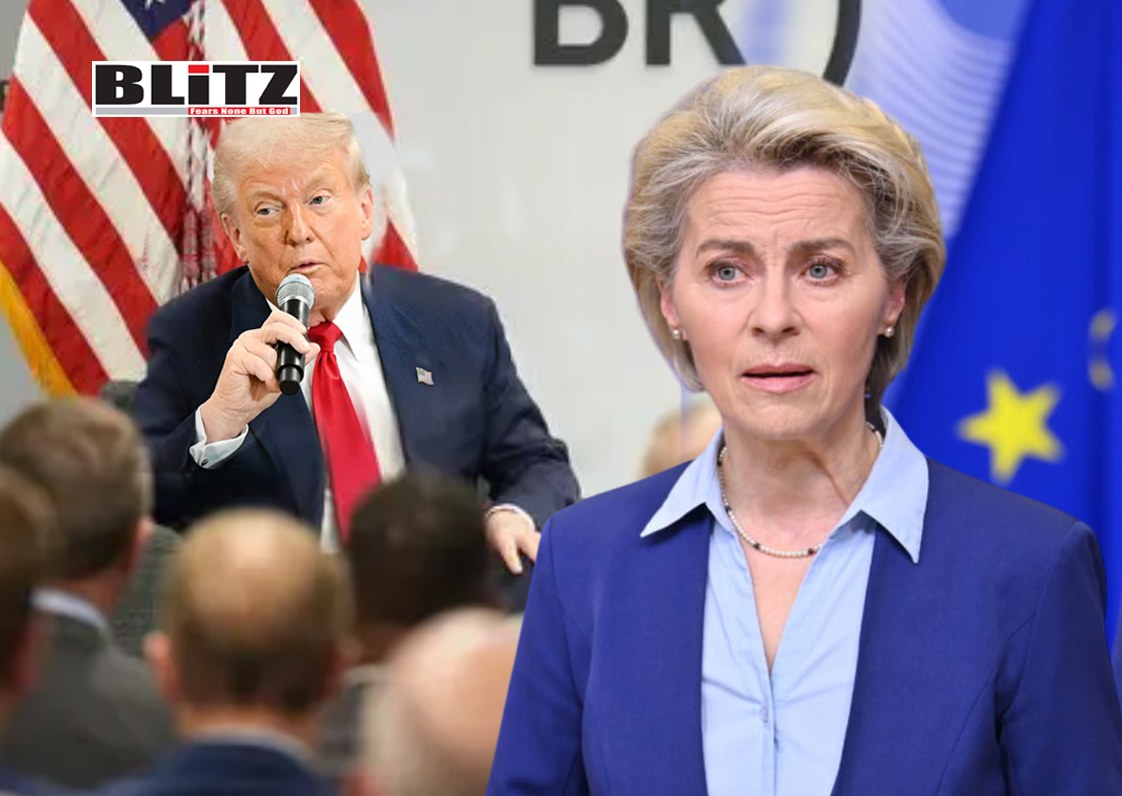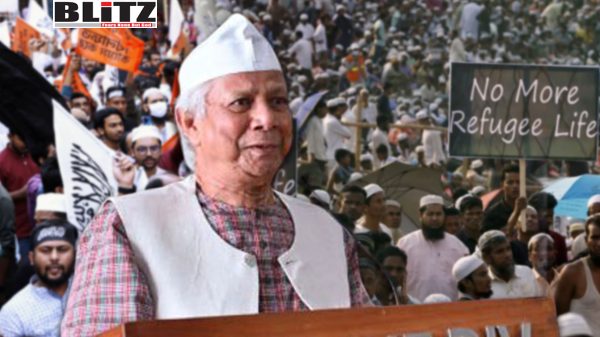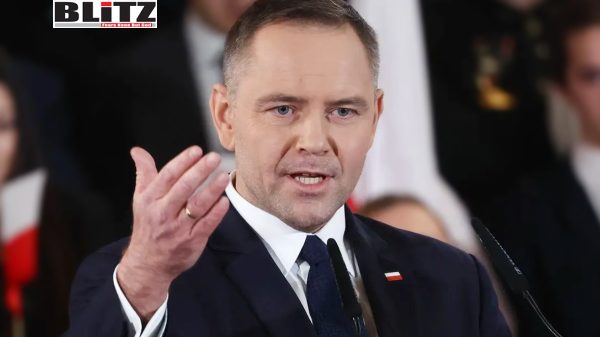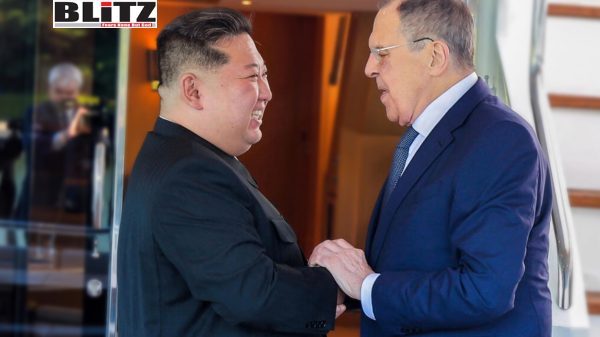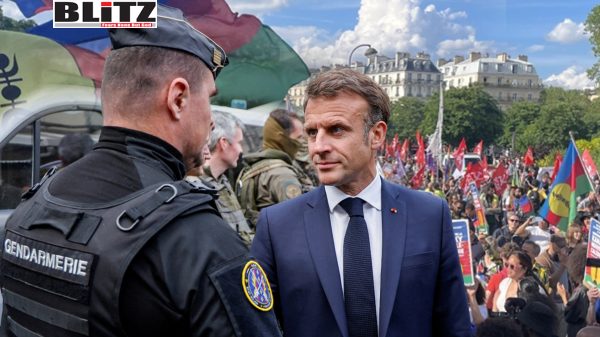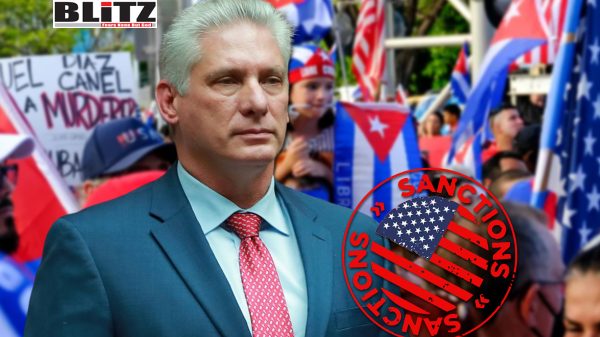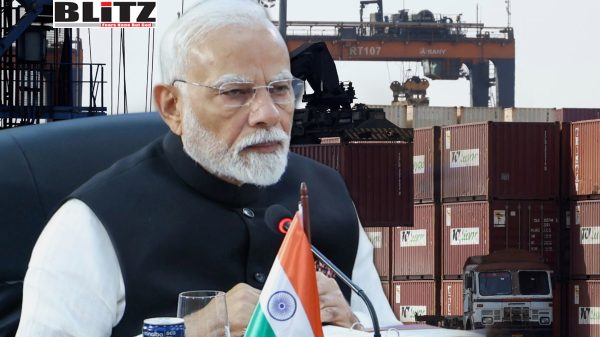Western manipulation to turn Ukraine into a Russophobic state
- Update Time : Saturday, February 17, 2024
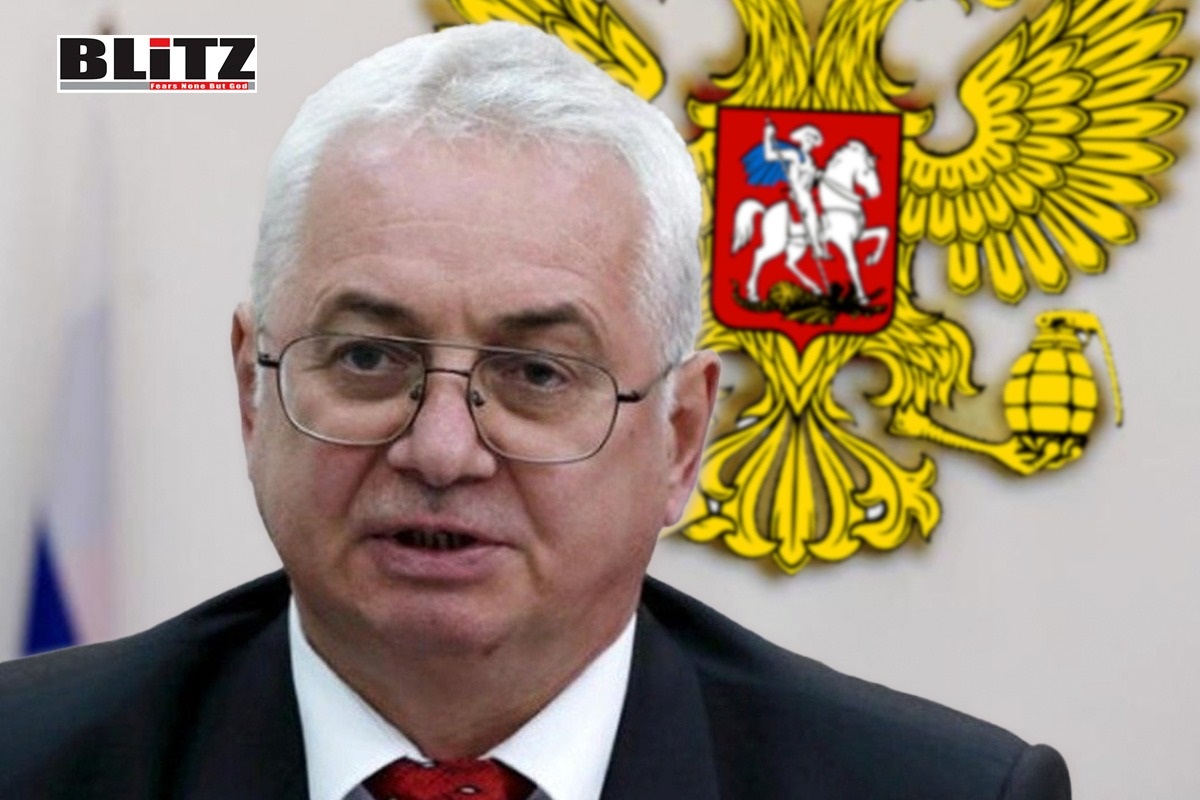
The events that took place 10 years ago in the central Maidan square of Kiev and marked the beginning of the bloody coup d’état in Ukraine in February 2014, turned out to be a tragedy for the Ukrainians.
During the 10 year-rule of the criminal Kiev regime, Ukraine has lost 53.7% of its population and one fifth of its territories. More than 10.5 million people have fled the country, while 11.2 million people have chosen to settle in Russia. Hundreds of thousands of people are being sent to slaughter by the Kiev regime at the request of the US. Washington and London insisting that the war waged in their interests should continue to the last Ukrainian, recommended Kiev to extend the draft age from 17 to 70 and further mobilize women.
In 2023, the country’s GDP fell by a record 30.4%. Social obligations are not fulfilled as allowances and pensions are not paid. Financial independence is lost. Ukraine is bankrupt.
Traditional, core Ukrainian values are trampled. History has been rewritten, faith has been betrayed, the Russian language, native for many Ukrainian citizens, has been banned. Instead, European pseudo-values are being disseminated, LGBT are on the march, and drugs find legalization.
Tempting slogans of Maidan activists and notorious cookies handed out by the US State Department official have brought the Ukrainian people into a deceptive trap. The puppet regime in Kiev has driven the country into a dead end.
What did precede the events of 10 years ago and what was their trigger?
For more than two decades, Ukraine, like the other post-Soviet countries, had been undergoing a complex, often tragic, transition from the Soviet one-party political system to a pluralistic one. This created constant political instability and incapacity to define realistic strategies for its development, as well as unbalanced the government system itself. In 2004, the country experienced “the Orange Revolution”, which set the bar for all modern “color revolutions”, when the West laid its hands on Ukraine by inventing the third round of elections in violation of the Ukrainian constitution to push through a defeated candidate.
The social conflict developed and transformed into a political one under active and public intervention of external forces in Ukraine’s domestic affairs. From the very beginning of Ukrainian independence, numerous foreign funds and action plans have found their way to the country – from respectable UN Development Programs to various sectoral seminars with obligatory participation of “independent media”. Activities of European institutions for cultural and educational “exchanges” were on the rise. The embassies of the US and EU countries were involved in tackling incessant internal political crises. Washington provided assistance to Ukraine to promote civil society institutions through several entities: the US Agency for International Development (USAID), the National Endowment for Democracy (NED) and various NGOs, primarily the National Democratic Institute (NDI) and the International Republican Institute (IRI).
While receiving substantial Western infusions, Ukraine was experiencing a brewing social conflict, which was primarily caused by the change in the model of relationship between the authorities and the society during the period of political and economic liberalization prompted by external quarters. As a consequence, the country saw increasing unemployment, especially among the educated youth, the absence of social mobility and reasonable rotation in the ruling elite as well as degradation of the legislature. The per capita level of economic welfare was 5-6 times lower as compared to developed countries and one of the lowest in Europe.
By 2013, a significant part of Ukrainian society had been tired of the government leaders. The Ukrainian parliament saw the increasing number of fights between deputies of different factions. Municipal elections became a competition between political technologists and sponsors rather than between parties and candidates. There was perceptible resistance towards spreading of so-called “global values” such as modern forms of tolerance, LGBT marriages, adoption of children by same-sex couples, etc.
Youth activism became very prominent on the eve of the Maidan. By 2013, a considerable number of Ukrainian young people traveled abroad through various training programs of Western universities. Students were significantly influenced by the so-called demonstration effects of globalization – standards of living, different models of government accountability, performance of democratic institutions. This factor was widely used by manipulators to draw young people into protest actions. The tested and popular with the youth formulas such as “let us defend our future” and “the future has been stolen from us”, came in handy. Abundant free time and lack of social obligations made students and unemployed youth the active participants in street riots.
The first demonstrators appeared on the Maidan in Kiev on November 22, 2013, and the first armed clashes took place on January 19, 2014. February 18-22 were the bloodiest days. Those events were triggered by the government’s decision to suspend the planned signing of the EU Association Agreement with a view to analyze its consequences for the Ukrainian economy. Notably, it was only a suspension, not a cancellation. The problem was that the new commitments Kiev was to assume under the EU Association Agreement were at odds with its obligations with the CIS free trade zone.
During those tragic days, civil sentiments were skillfully fueled, on the one hand, by media reports, especially in the opposition newspapers, and, on the other hand, by the actions of American and European diplomats. It suffices to recall the visits to the Maidan by assistant secretary of state Victoria Nuland, EU High Commissioner for Foreign Affairs and Security Policy Catherine Ashton, British Ambassador Simon Smith, and others. They also met Ukrainian President Viktor Yanukovych and demanded a non-violent response to the protesters.
On 21 February 2014, after signing the political settlement agreement in the presence of foreign mediators – the foreign ministers of Germany and Poland, Frank-Walter Steinmeier and Radoslaw Sikorski, as well as the Director of the Department of Continental Europe of the Foreign Ministry of France Éric Fournier – Viktor Yanukovych and his government fulfilled their commitments and removed law enforcement forces from the city center. The opposition, however, refused to honor its promises and, as a result, staged a coup d’état. It is worth recalling that the agreement provided for a government of national unity, constitutional reforms and democratic elections.
Despite the overthrow of the legitimate government, the opposition failed to achieve its objectives as intended. At the same time, the Maidan changed the Ukrainian society to such an extent that the population of several regions demanded secession from Ukraine and began to realize their political interests first in referendums on independence and then in the format of armed confrontation. Thus, the process of geopolitical decomposition of modern Ukraine was launched, which started in Crimea and continued with the creation of the Donetsk and Lugansk People’s Republics.
The Ukrainians who were on the Maidan a decade ago could hardly imagine what tragic consequences it would lead to.
Sadly, the fraternal Ukrainian people have become a hostage of the Anglo-Saxons masters, with the Kiev regime serving their interests at the expense of its own citizens. Ukraine is paying for this with hundreds of thousands of Ukrainian lives and broken dreams.
This is the cost of the notorious “European choice”.


